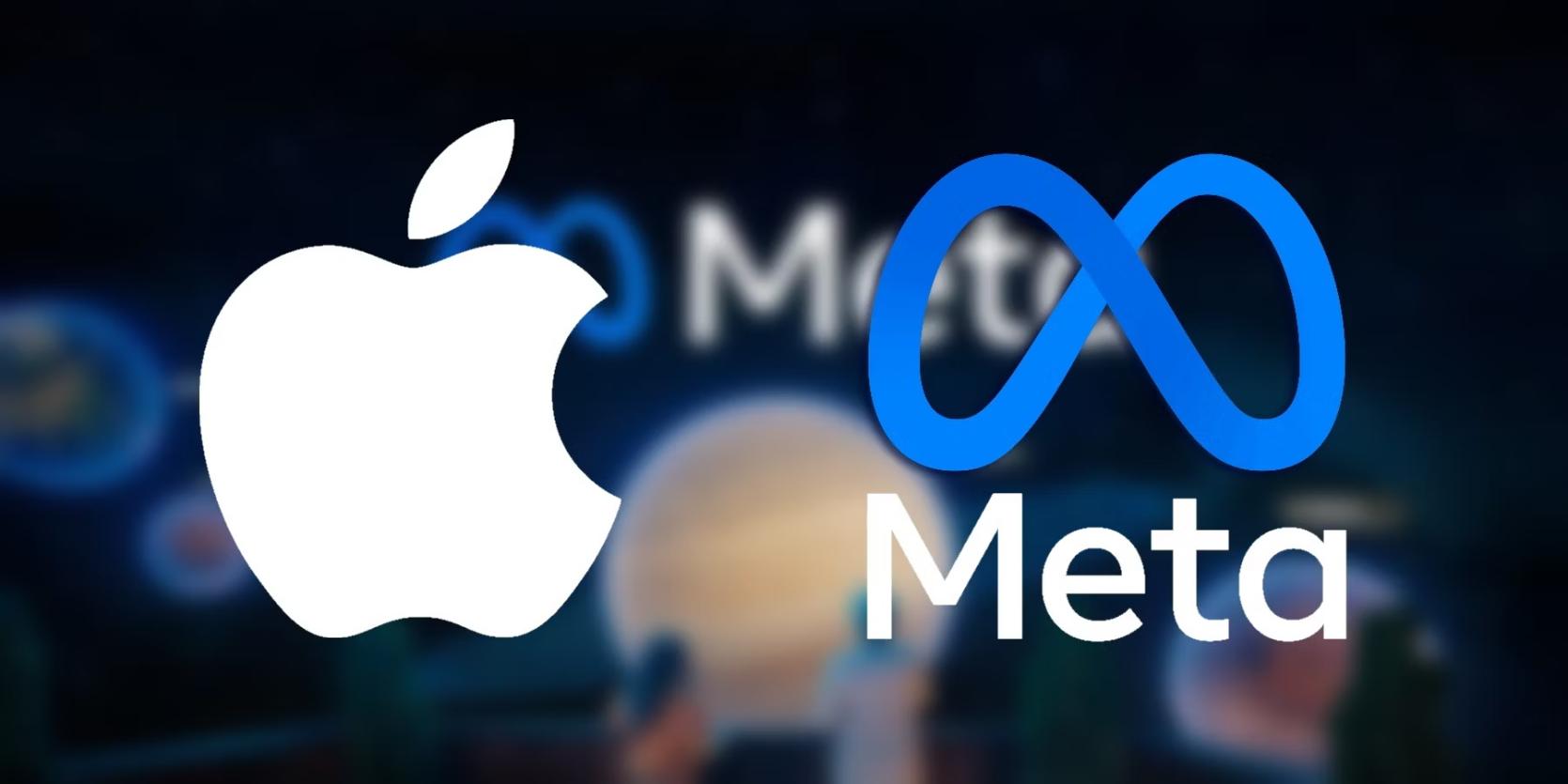The two tech titans are duking it out in the headset wars. Apple’s Vision Pro and Meta’s Quests offer different price points, different specs, and most importantly, different visions of the future of virtual reality. And both have big hurdles to clear.
Apple’s entry into the metaverse fray comes amid Meta’s ambitious push to establish itself as a leader in virtual reality (VR) and redefine how people interact with technology.
Meta’s Meta Quest series has been gaining traction, offering immersive VR experiences to users around the world. However, Apple’s entry with the Vision Pro signals a formidable challenge to Meta’s dominance in this arena.
The Apple Vision Pro boasts advanced features, including high-resolution displays, spatial audio technology, and an array of sensors for precise motion tracking.
With its sleek design and seamless integration with Apple’s ecosystem, including the popular iPhone and iPad devices, the Vision Pro aims to deliver an unparalleled AR experience to users.
The timing of Apple’s move does seem to be strategic, as Meta has been facing scrutiny over its handling of user data and concerns about privacy in the metaverse.
Apple, known for its commitment to user privacy, is leveraging this reputation to position the Vision Pro as a secure and trustworthy alternative to Meta’s offerings.
The rivalry between the two tech giants is not limited to hardware alone. Both Apple and Meta are investing heavily in the development of metaverse platforms and AR applications.
Meta’s Meta Horizon platform aims to create a shared virtual space for users to socialise and engage in immersive experiences, while Apple is rumored to be working on its own metaverse initiatives.
Unlike other headsets on the market, the Vision Pro offers a completely controller-free experience, empowering users to navigate and interact with the system using only their eyes, hands, and voice.
The Vision Pro is equipped with an impressive array of cutting-edge technology, designed to deliver an immersive and intuitive user experience. The headset features five sensors strategically placed to capture precise motion and gestures, allowing users to seamlessly control the system with natural movements.
The Vision Pro also boasts an impressive visual display, with a 4K screen dedicated to each eye, ensuring stunning clarity and detail in virtual environments. The high-resolution display, combined with Apple’s advanced optics technology, promises to transport users to new realms of immersion and realism.
Inside the Apple Vision Pro are two Micro OLED displays, each approximately the size of a postage stamp, collectively boasting an impressive 23 million pixels. Display Supply Chain Consultants estimate a resolution of 3800 x 3000, aligning with Apple’s claim of “more pixels than a 4K TV for each eye.”
In comparison, the Meta Quest Pro utilizes pancake optics which accommodates more pixels in a smaller space. However, the resolution falls behind that of the Apple Vision Pro, with two LCD display panels offering a resolution of 1832 x 1920 per eye.
The competition between Apple and Meta extends beyond product innovation to encompass ecosystem lock-in and developer support. Both companies are vying for the attention of developers to create compelling content and applications for their respective platforms.
Analysts predict that the competition between Apple and Meta will only intensify in the coming months as they vie for dominance in the metaverse and AR markets.
Apple Vision Pro Vs Meta Quest Pro Price And Availability
The Apple Vision Pro comes with a hefty price tag of $3,499, making it a significant investment for those seeking a high-quality mixed reality experience.
On the other hand, the Meta Quest Pro follows a different strategy. Initially priced at $1,499, it has since been reduced to $999, positioning it as a more budget-friendly alternative to the Apple Vision Pro.
The pricing adjustment introduces an intriguing factor into the decision-making process for consumers navigating the mixed reality landscape.
While Meta has a head start with its established VR platform, Apple’s strong brand and loyal user base could give it a competitive edge in the long run.
Apple announced its brand new mixed reality headset, the Vision Pro, during its Worldwide Developer Conference (WWDC) on June 5th – following a dramatic fall in investment in the augmented reality (AR) and virtual reality (VR) market the year before.







